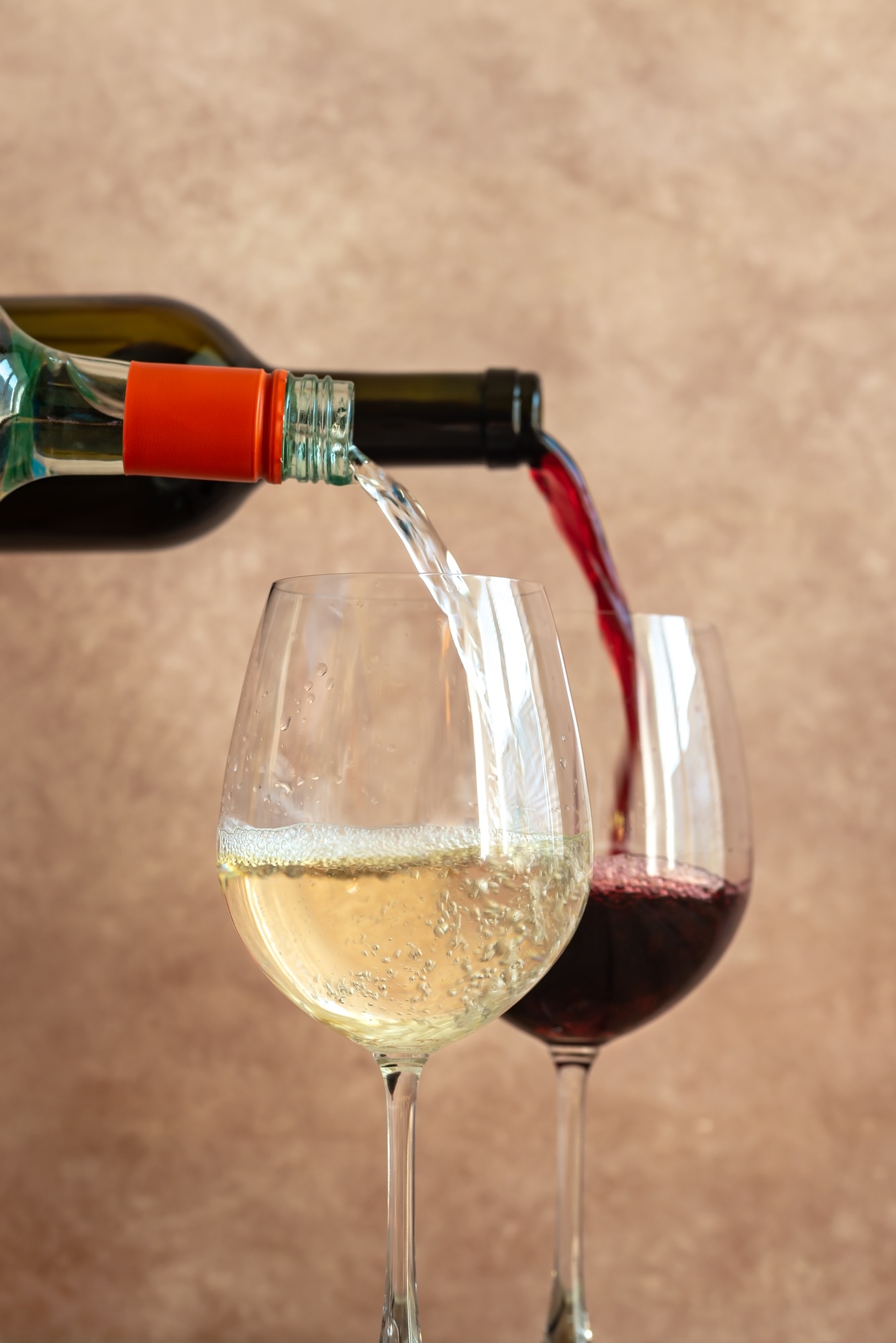Chablis captivates wine enthusiasts with its distinctive character and storied heritage. Renowned for exceptional Chardonnay, this region offers a delightful array of choices, from refreshing Petit Chablis to the esteemed Grand Cru. Experience flavors bursting with minerality, ideal for pairing with seafood or elevating any dining occasion. Explore the nuances and recommendations that make Chablis a must-try for both casual drinkers and connoisseurs alike, transforming your wine journey into an unforgettable experience.
Understanding Chablis and Its Significance
The Historical Roots of Chablis
Embedded within the heart of Burgundy, Chablis stands as the northernmost AOC, highlighting its essential position in French oenological heritage. Esteemed for its pristine expressions of Chardonnay, Chablis wines are profoundly influenced by their unique terroir. The region’s hallmark, the Kimmeridgian subsoil, imparts a minerality that is as integral to its identity as the grape itself.
This might interest you : Essential factors to help you select the ideal loose leaf tea infuser
Chardonnay: The Sole Grape of Chablis
Chardonnay, the exclusive grape variety in Chablis, offers a distinct profile that distinguishes it from other regions. The cool climate ensures a vibrant acidity, paired with flavors of green apple and citrus. This singular varietal approach underlines its authentic expression, celebrated for both its elegance and age-worthiness.
Cistercian Influence on Chablis Viticulture
The Cistercian monks were pivotal in establishing the foundational practices that have evolved to define modern-day Chablis wines. From the 12th century forward, their meticulous attention to vine cultivation laid the groundwork for centuries of wine excellence, contributing to the respected stature of Chablis as a wine region of unparalleled significance.
Also read : Discover the advantages: how ceramic knives triumph over traditional steel cutlery
Classifications and Unique Features of Chablis Wines
Overview of Chablis Classifications
Chablis wines are classified into four distinct appellations, each offering a commitment to quality and terroir. At the foundational level is Petit Chablis, often displaying a fresh and vibrant character due to its elevated terroir. Standard Chablis wines are noted for balance and minerality, appealing to both casual drinkers and aficionados. The Premier Cru level brings richer complexity and is often regarded for its aging potential. Finally, Grand Cru Chablis stands at the pinnacle, delivering unparalleled depth and intensity, thanks to its optimal vineyard conditions.
Characteristics of Grand Cru Wines
Grand Cru Chablis wines are cultivated in premier locations, characterized by their intense flavors and richness. These wines benefit from specific south-facing slopes and Kimmeridgian subsoil, allowing for maximum sun exposure and unique mineral qualities. This terroir imparts a depth and concentration that makes Grand Cru a sought-after classification among wine enthusiasts.
Insights into Premier Cru Regulations and Variations
Premier Cru Chablis wines have their own unique regulatory framework, emphasizing specific vineyard practices. These wines capture the essence of the region’s diverse micro-terroirs, showcasing richness with a slightly softer palate than Grand Cru. This level caters to both collectors and those seeking Chablis wines with immediate appeal.
Tasting and Pairing Chablis Wines
Best Practices for Tasting Chablis
Embrace the full potential of Chablis wines by adhering to key tasting practices. Begin with the right temperature, serving these wines slightly chilled at about 10°C (50°F). This helps to highlight their crisp, vibrant acidity. Utilize a medium-sized wine glass to enable the aromas to evolve, offering a comprehensive sensory experience. Before tasting, gently swirling the wine releases its trademark minerality and citrus bouquet, setting the stage for a memorable tasting session.
Exceptional Food Pairings with Chablis
Chablis is famed for its adaptability in pairing with numerous dishes. Its high acidity and brightness make it a natural companion for seafood, particularly oysters, enhancing their briny flavors. Goat cheese also stands out as an ideal pairing, where the cheese’s richness is offset by the wine’s citrus notes. Extend the pairing potential to poultry and salads with light vinaigrettes to experience the versatility of this remarkable wine.
Highlighting Popular Dishes to Complement Chablis
To elevate your dining experience, consider dishes that allow Chablis’ flavors to shine. The wine pairs beautifully with a lightly seasoned sole meunière, as its butteriness is balanced by the wine’s crispness. For a vegetarian option, a lemony asparagus risotto complements Chablis’ zesty notes, creating a delightful harmony on the palate.
Purchasing and Experience in Chablis
Where to Buy Chablis: Retail Options
To find the best Chablis wine retailers, explore both local wine shops for personal consultation and online platforms for convenience and variety. Online stores like the Cavesa.ch catalogue offer an extensive selection of Chablis wines, allowing you to compare prices for different appellations. Opting for reputable websites ensures authenticity and trustworthy delivery practices.
Current Trends in Chablis Wine Pricing
Understanding Chablis wine pricing trends can guide your purchasing decisions. Entry-level Petit Chablis is budget-friendly, typically priced around £10. Premier Cru and Grand Cru, with their enhanced complexity and aging potential, command higher prices, often reaching several hundred pounds for exceptional vintages. Noteworthy sales and discounts on premium bottles can also be found, offering valuable opportunities for savings.
Experiences and Tours: Engaging with Chablis Culture
Engaging with the Chablis wine culture through tasting tours immerses you in the region’s heritage. Many vineyards offer interactive tours and tastings, allowing visitors to savor the diverse profiles of Chablis wines while learning from seasoned winemakers. Participating in these immersive experiences provides a deeper understanding of the terroir and winemaking traditions that make Chablis wines stand out.



